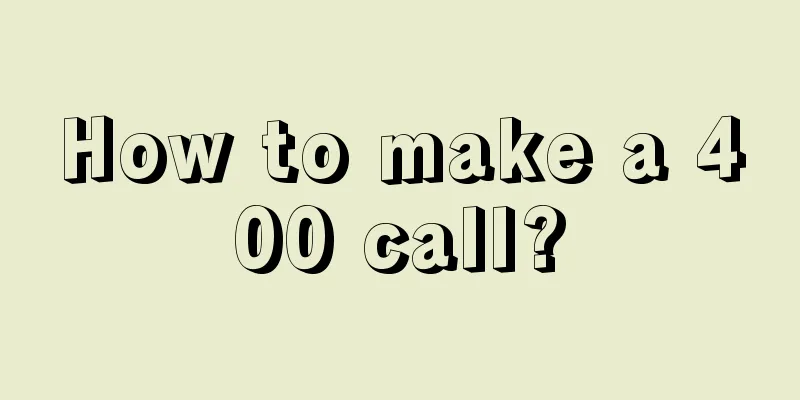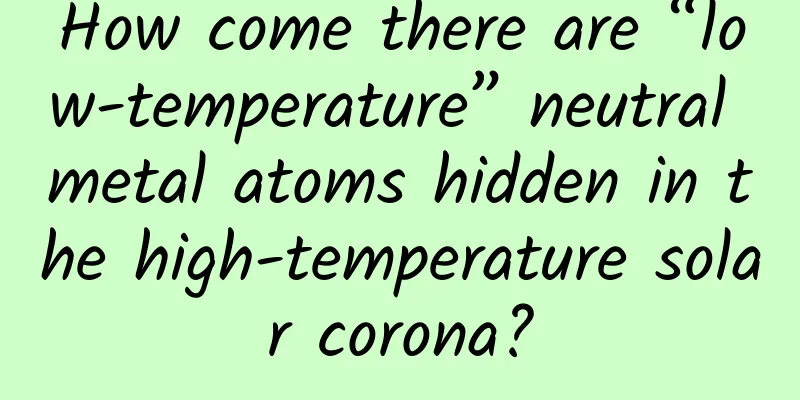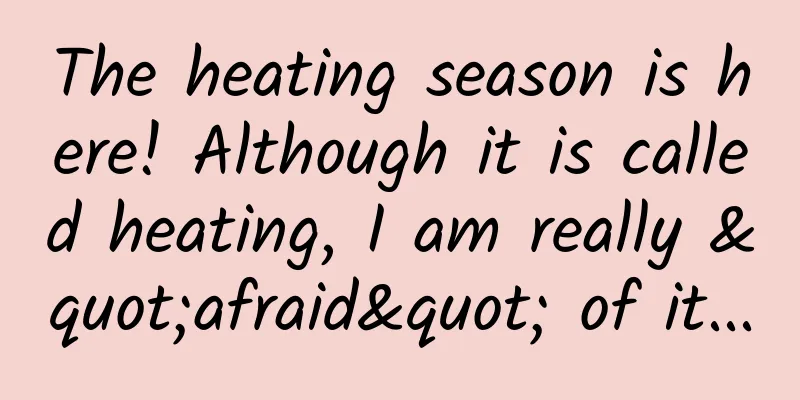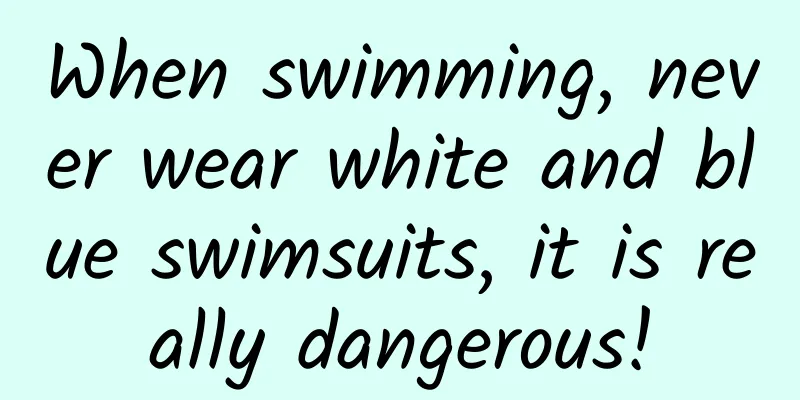Are you overwhelmed by the choices when buying things for your children? Are you worried about safety? Parents must read this new regulation!
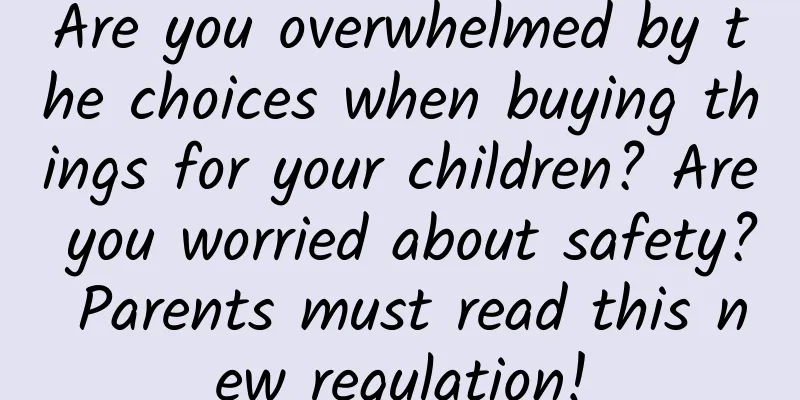
|
Children's cosmetics with heavy metal residues, problematic face creams... Every time such negative news appears, parents feel worried. Over time, every time parents buy something for their children, they worry: Is this thing safe? Can children use it? How can they judge? Against this background, the cosmetics regulatory authority (State Drug Administration) issued the "Regulations on the Supervision and Administration of Children's Cosmetics" (hereinafter referred to as the "Regulations") on September 30 last year. Then, on December 1 last year, the children's cosmetics logo - the Little Golden Shield - was released. That is to say, the sales packaging of children's cosmetics must have the following pattern. The emergence of the Little Golden Shield has undoubtedly relieved parents. After seeing the new rules, many people left comments: When I buy cosmetics for my children in the future, I will look for this little golden shield. However, is it really that simple? Many businesses even use the Little Golden Shield to endorse their products, claiming that their products are “quality first.” The question is, are products marked with the small golden shield high-scoring products? What does it mean? Let's read on with these questions in mind. In fact, the significance of Little Golden Shield to parents and children is mainly reflected in two aspects: 1. Set thresholds for children’s cosmetics so that children can use them with greater confidence. The Regulations have made strict provisions on the production conditions, use of raw materials, safety assessment, filing and registration, supervision and management of children's cosmetics, and distinguish children's cosmetics from medicines and children's toys. In the past, the most common way for businesses to skirt the rules was to use the "disinfection" or "medical" marks. For example, some businesses claimed that the antibacterial cream "specially for eczema" actually only had a disinfection function and no therapeutic effect. However, some businesses over-advertise in titles or packaging, taking advantage of parents' eagerness for their babies to get better soon. Furthermore, since there is no unified production standard for children's cosmetics, some brands have been "taking advantage of the situation". For example, some children's cosmetics are produced using the standards for children's toys, and cosmetics can be found everywhere in the toy display area. The implementation of the new regulations can better prevent businesses from taking advantage of loopholes. 2. Let parents know clearly which categories of products can be used by their children. As the number of children's cosmetics categories increases, parents inevitably wonder: What categories of products can children use? The Regulations also make it clear that children's cosmetics refer to products suitable for children under the age of 12 that have cleansing, moisturizing, refreshing, and sun protection functions. Common ones include shower gel, facial cream, toothpaste, talcum powder, body lotion and sunscreen for children. In this way, parents can clearly judge by the signs which categories can be used by their children. But this does not mean that children's cosmetics with the Little Golden Shield are necessarily high-scoring products. On the contrary, parents should be wary of brands that use the Little Golden Shield as a promotional tool and as a "quality ID card." After all, we all know that quality is the core promotional point of a product, not a gimmick that avoids the important issue. Here, we also answer questions that parents are particularly concerned about: When it comes to product packaging, we can't help but complain about some businesses. The State Food and Drug Administration has made strict requirements on the design format of children's cosmetics and provided design attachments. However, there are still differences in the small gold shield logos on the market, and some look more like the "small green shield". If the merchants are not attentive or have ulterior motives, it will not only cause chaos in the children's cosmetics market, but parents will still be worried in the end! Finally, Dad Review would like to remind parents: When buying children's cosmetics, don't blindly believe the product claims, and don't blindly place an order just because your child insists on buying it. Pay attention to the small print on the back of the product. The big print is what the merchant wants you to see, and the small print is the truth hidden. For example, formula ingredient list, production license, implementation standards, warnings, instructions for use, etc. Editor | SuSu Design | Damao Source: Dad Review |
>>: Spiders play mahjong? This little spider throws a four-piece card at you!
Recommend
Brand Advertising Development Trends in 2022
"In the real market environment, 70% of sale...
The best 5-step user behavior path!
The market is becoming increasingly calm, and the...
Apple removed Autohome from its App Store. Here are the famous apps that were removed and the reasons for their removal!
We have been monitoring data and dynamics of all ...
Creative analysis of educational and training advertising materials!
According to QuestMobile data, the online educati...
How to improve the conversion rate of the lead generation training camp?
The following is a review of a recently concluded...
How much does it cost to customize the Wuyishan fitness mini program? What is the price for customizing the Wuyishan fitness app?
There are two types of customization for Wuyishan...
Hunting, war, maintaining rule...what secrets are hidden behind the poison?
Influenced by "Water Margin", everyone ...
"Chang'e" connects the earth and the moon, and shares the beauty of the moon thousands of miles away - scientific achievements of my country's lunar exploration project
"When will the bright moon appear? I raise m...
The secrets of Internet TV industry development: exploration with the left hand and practice with the right hand
In recent years, with the advancement of smart TV...
The "Silent Killer" Under the Deep Sea——Deep Sea Pre-placed Weapons
Editor's note: The bombing of the Nord Stream...
How to write copy without any flaws? Here are 4 practical tips
How do top writers treat their writing? Hemingway...
Analysis of the fission gameplay of Pinduoduo activity!
These two days, I couldn't get around the &qu...
Where will WeChat go in the second half?
[[243547]] Image source: Visual China In the firs...
Brand Marketing: Event Calendar and Promotion Planning
For the overall management of e-commerce promotio...
Alipay vs. WeChat: Lessons for Operations
Following the Circles, Alipay has made another bi...
